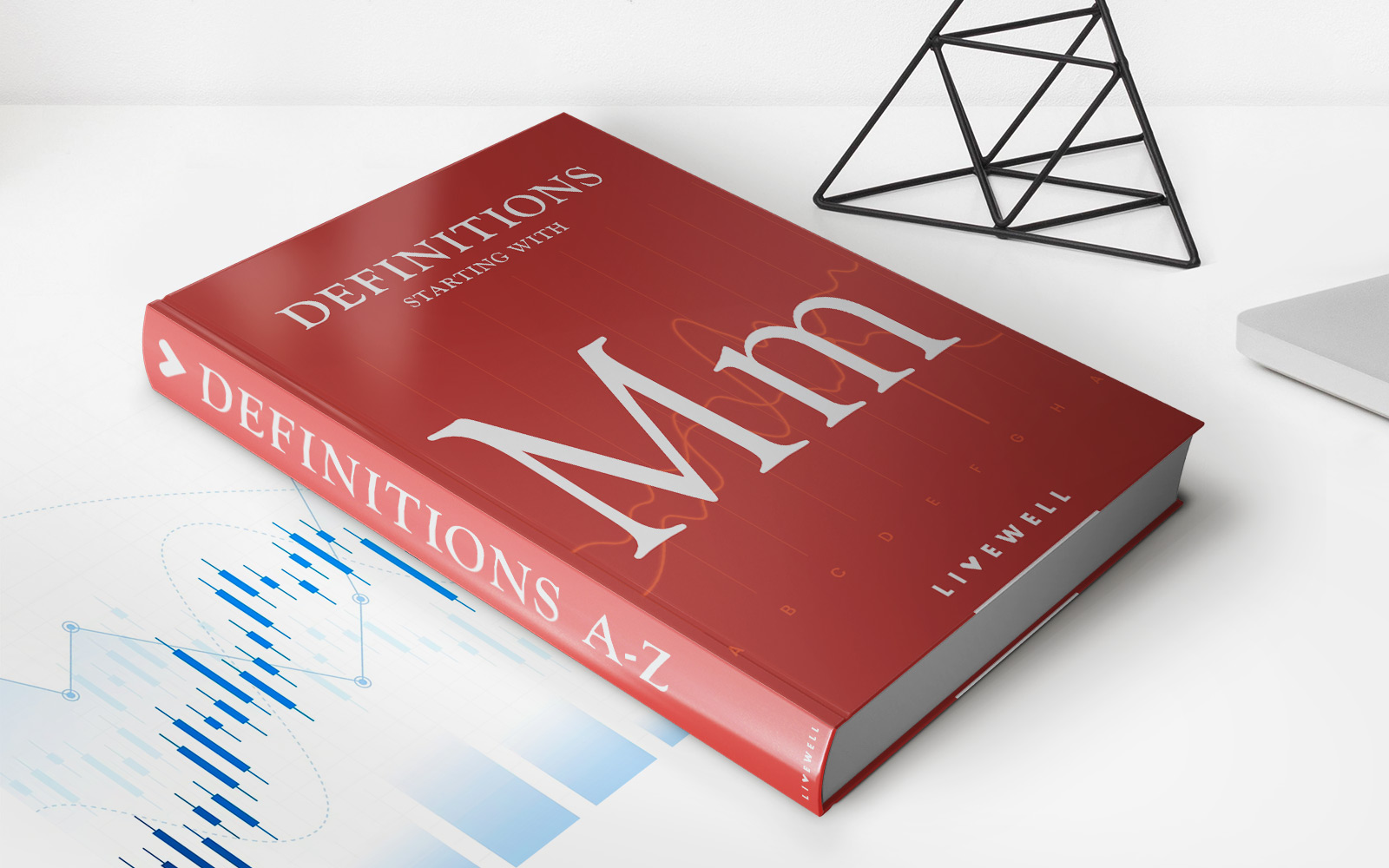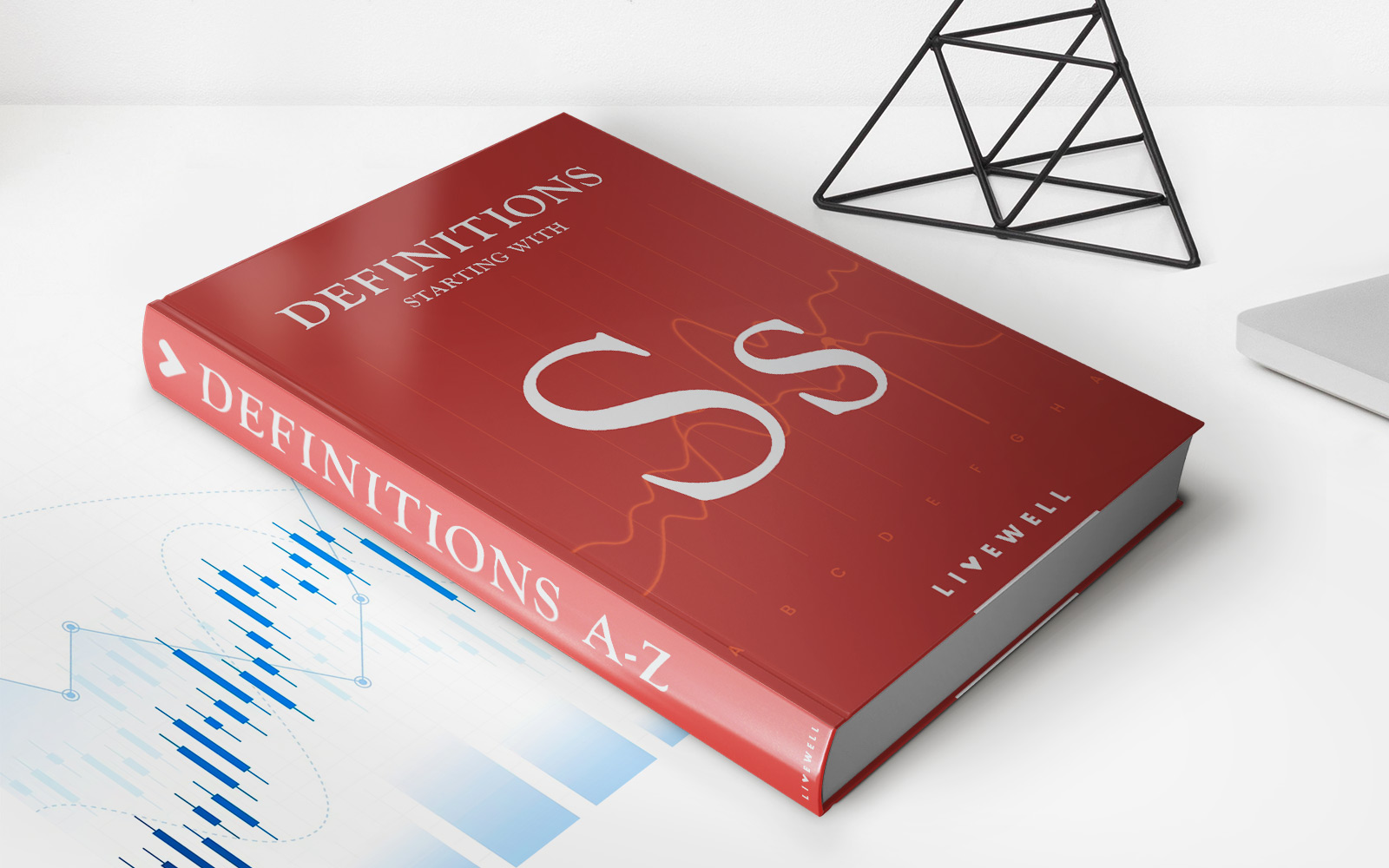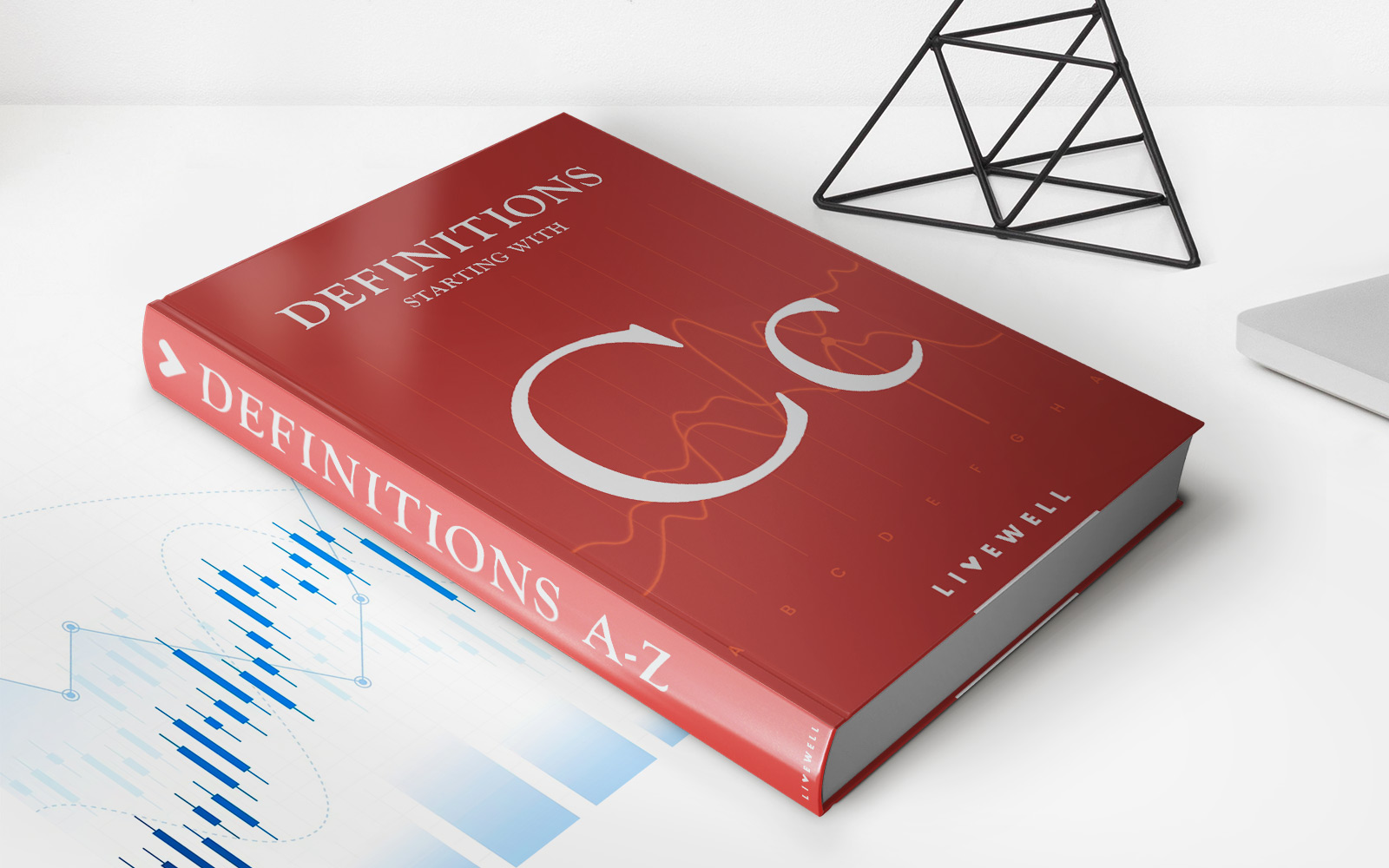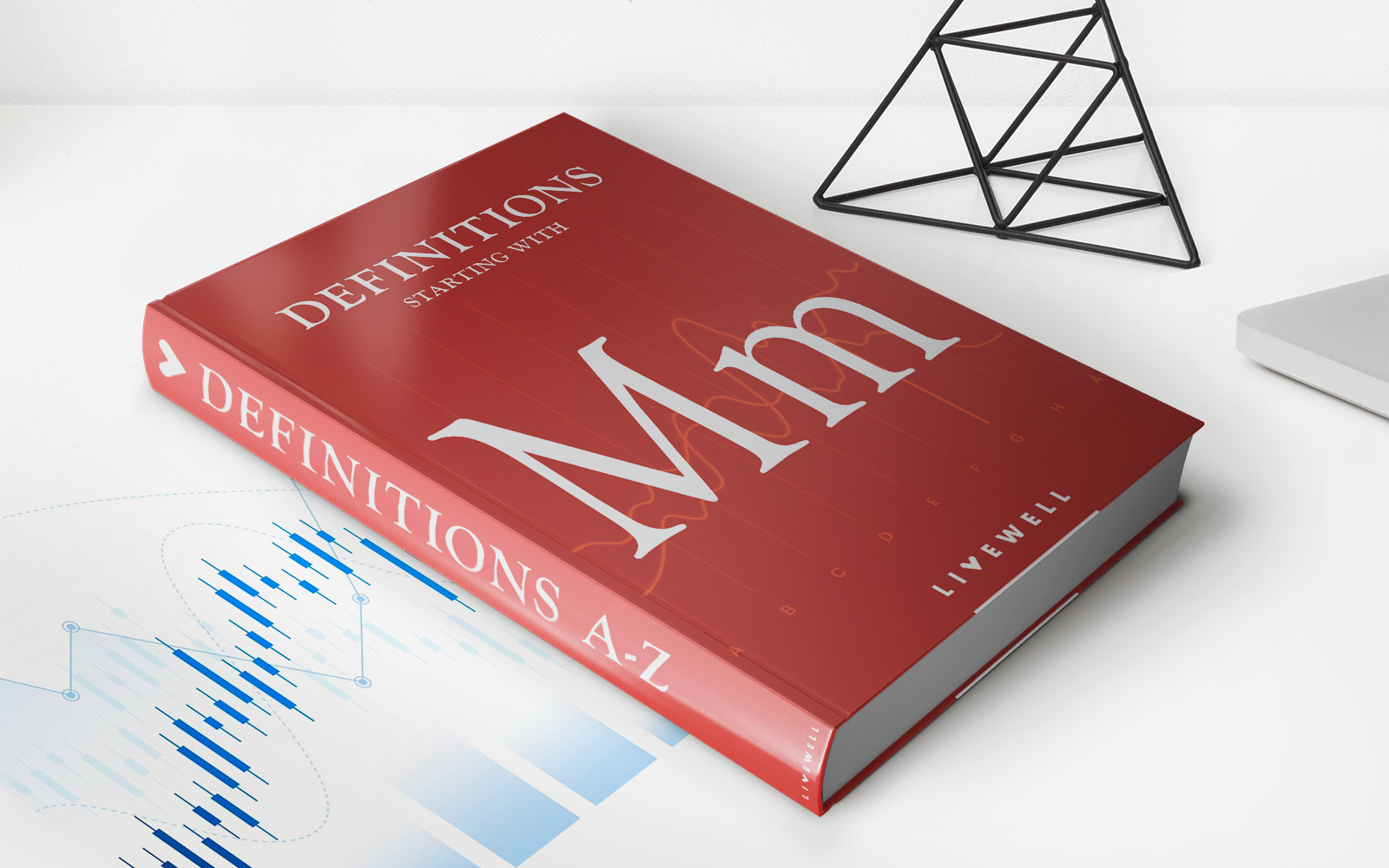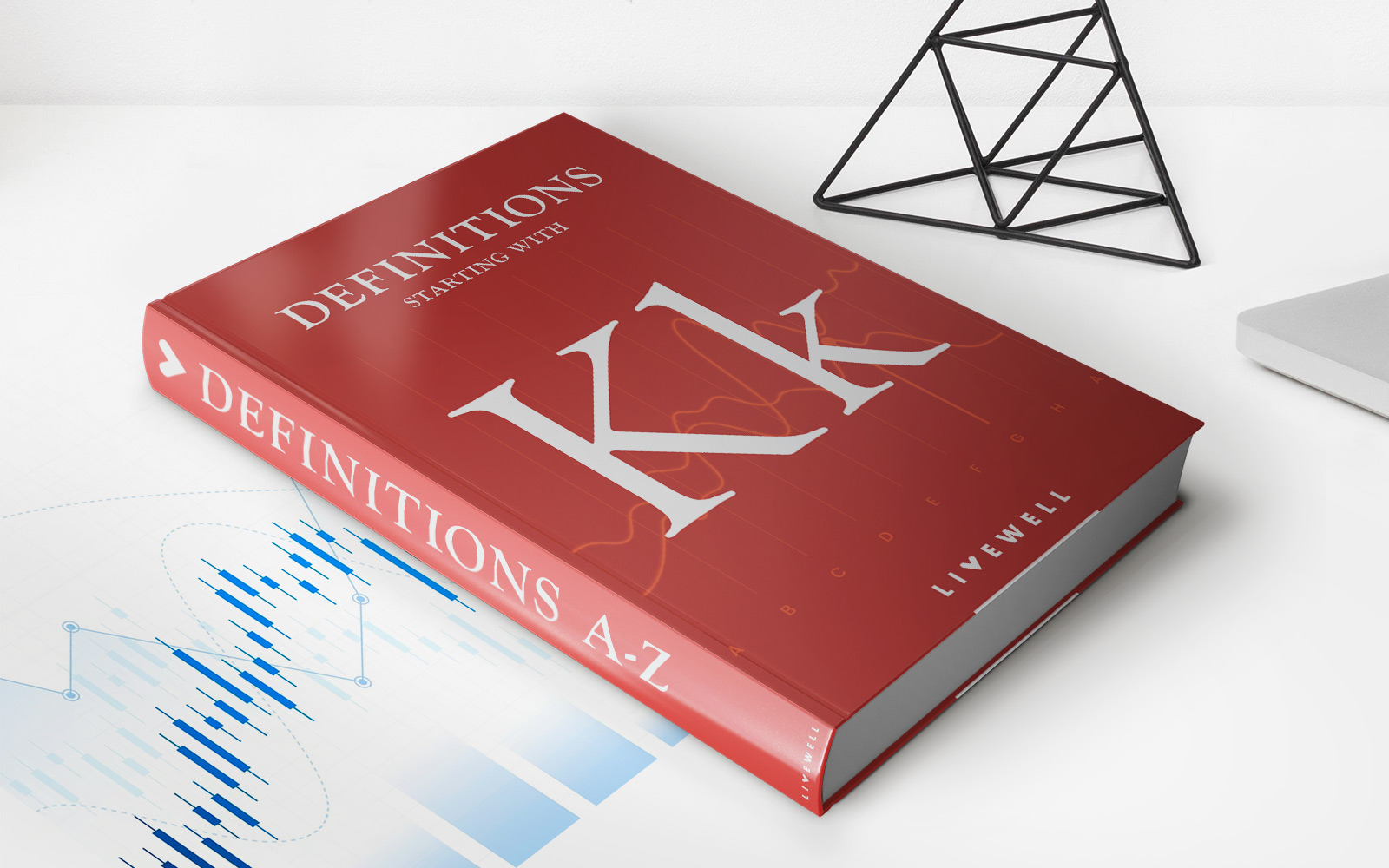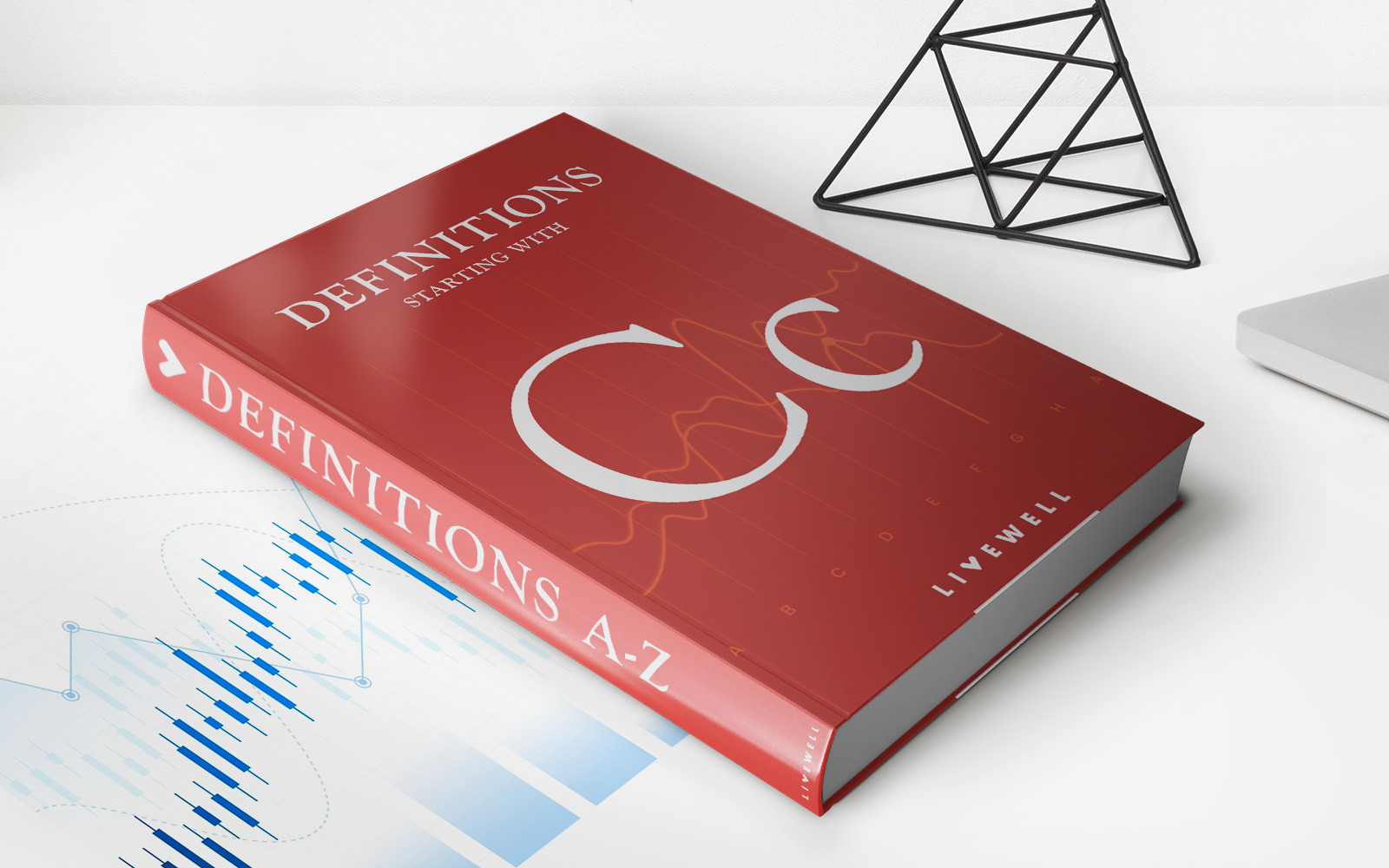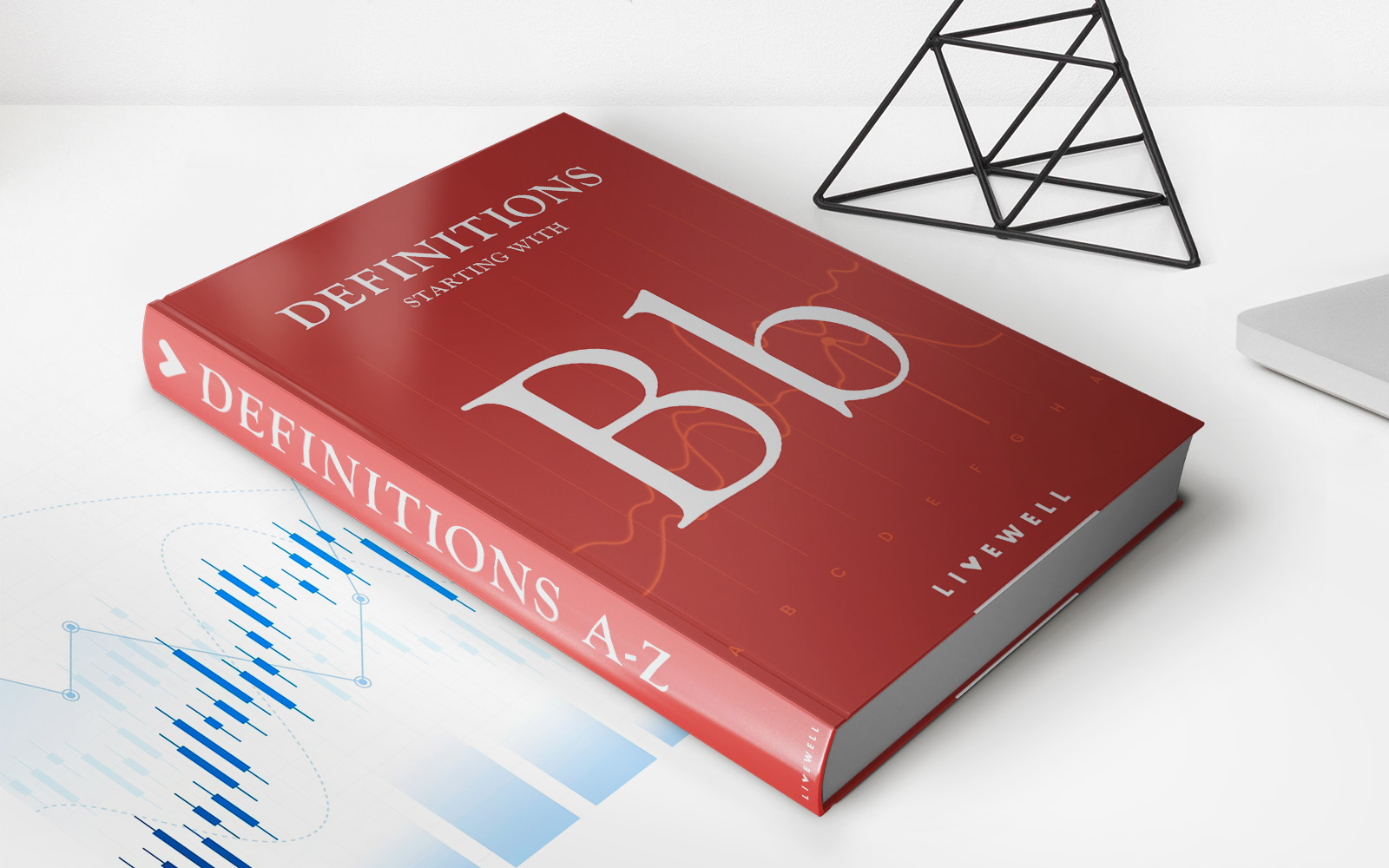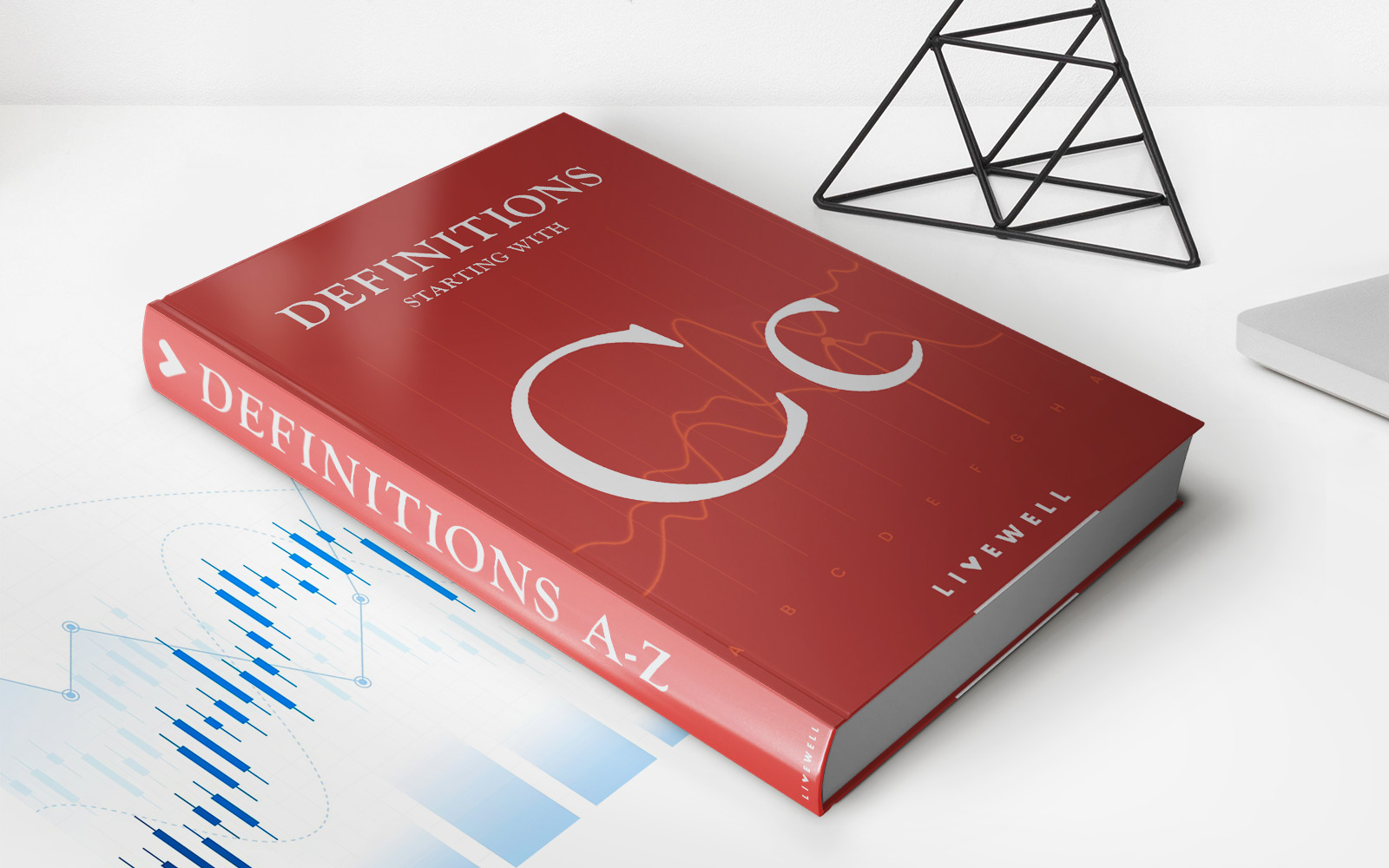

Finance
Contingency Order Definition
Published: November 2, 2023
Learn the definition of contingency order in finance and how it can be used to mitigate investment risk. Improve your financial knowledge today!
(Many of the links in this article redirect to a specific reviewed product. Your purchase of these products through affiliate links helps to generate commission for LiveWell, at no extra cost. Learn more)
Understanding Contingency Orders in Finance: A Comprehensive Guide
When it comes to navigating the intricate world of finance, one term that you may come across is the “contingency order.” But what exactly does it mean, and how does it impact your investment decisions? In this blog post, we will delve deep into the definition of contingency orders and provide you with a clear understanding of their role in finance.
Key Takeaways:
- Contingency orders are a set of instructions given to a brokerage firm to execute trades automatically under specific market conditions.
- These orders can help investors take advantage of favorable market movements while minimizing potential losses.
What is a Contingency Order?
A contingency order, also known as a conditional order, is a type of order placed by an investor with their brokerage firm. This order includes a set of predetermined instructions that will be automatically executed when certain pre-defined conditions are met in the market. In essence, it allows investors to plan ahead and take action without having to constantly monitor the market.
Contingency orders can be advantageous for both novice and experienced investors. By setting specific conditions, investors can capitalize on favorable market movements or protect themselves against potentially adverse scenarios. These orders provide a level of automation and ensure that investors don’t miss out on potential opportunities or suffer unnecessary losses due to emotional decision-making.
Types of Contingency Orders
Let’s take a closer look at some common types of contingency orders:
- Stop Order: This order is triggered when a security reaches a specific price point. It is often used to limit losses or protect gains by automatically initiating a buy or sell order.
- Limit Order: This order ensures that a trade is only executed at a specific price point, or better. It allows investors to control the maximum price they are willing to pay or the minimum price they are willing to accept.
- Trailing Stop Order: This order is similar to a stop order, but with an added feature. It sets a trailing percentage or dollar amount that adjusts the stop price if the security moves in a favorable direction. It helps protect profits while still allowing for potential gains.
- One-Cancels-the-Other Order (OCO): This order allows investors to place two orders simultaneously, with one order automatically canceling the other when either is executed. It is commonly used to capture gains or limit losses, depending on the market’s direction.
The Benefits of Contingency Orders
By utilizing contingency orders in your investment strategy, you can benefit from:
- Protection against unexpected market fluctuations
- Opportunities to capitalize on favorable price movements
- Minimization of emotional decision-making and human errors
- Increased flexibility and convenience in trading
- Ability to plan and execute trades even when you are not actively monitoring the market
In Conclusion
Contingency orders play a crucial role in the world of finance by allowing investors to automate their trading decisions based on specific market conditions. From stop orders to OCO orders, there are several types to choose from, each serving a unique purpose. By utilizing these orders, investors can protect their investments, capitalize on market opportunities, and navigate the financial landscape with more efficiency and peace of mind.
So, the next time you come across the term “contingency order,” you can confidently navigate its intricacies and make informed decisions to further your financial goals.
